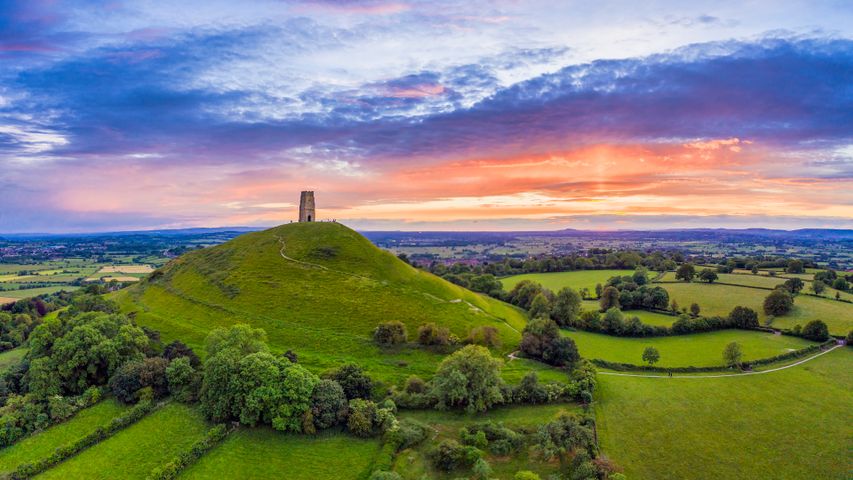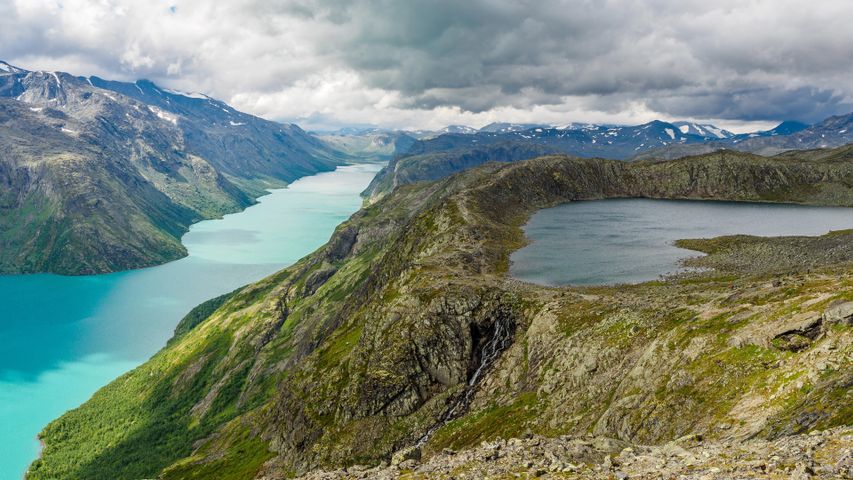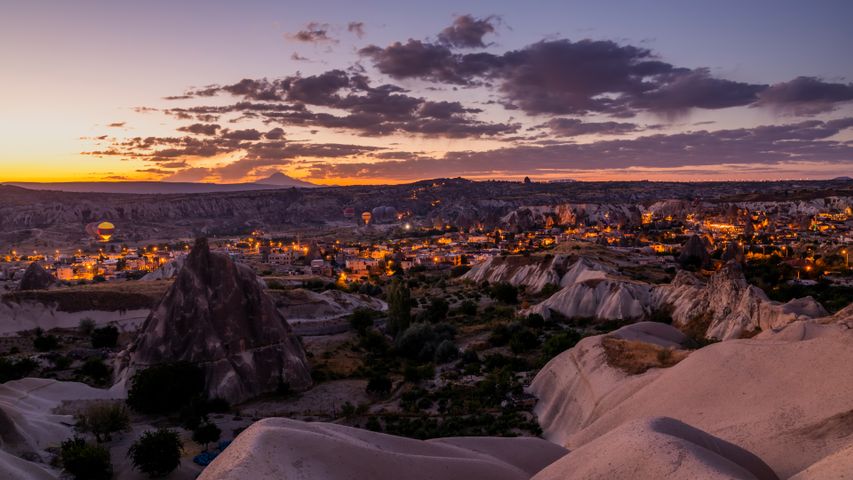The Broads National Park at Thurne, Norfolk
© Steven Docwra/Getty Image
Broad horizons
Welcome to The Broads, the UK’s smallest national park by area, spanning 117 sq miles of rivers, broads, fens, reedbeds, grazing marshes and woodland across Norfolk and Suffolk. Here, in Britain’s largest protected wetland, there are many rare plants and animals, from water voles, cuckoos and adders to Britain’s largest butterfly, the swallowtail, and the Norfolk Hawker dragonfly – both of which are only found in East Anglia.
The Broads, which are shallow lakes, were man-made, dug out in medieval times to extract peat which was used as fuel. As sea levels rose, they flooded and were abandoned, creating beautiful waterways in their place. By the 19th century, the area had become a pleasure boating destination and its roughly 125 miles of navigable rivers and broads across the two counties now attract about eight million visitors a year.
Our homepage image shows off one of the iconic windmills of The Broads at Thurne, in Norfolk. The Thurne windpump was built in 1820 and used to drain the marshes so farmers could make use of the land. It stopped working in 1936 and was in poor repair but was bought by local man Ronald ‘Bob’ Morse in 1949, who saved it from the scrapheap and restored it to its former glory.
Related Images
Bing Today Images


 St. Michael's Church Tower on Glastonbury Tor, Glastonbury, Somerset, England
St. Michael's Church Tower on Glastonbury Tor, Glastonbury, Somerset, England
 Chisos Mountains, Big Bend National Park, Texas, United States
Chisos Mountains, Big Bend National Park, Texas, United States
 Jotunheimen National Park in Norway
Jotunheimen National Park in Norway
 Torres del Paine National Park, Patagonia, Chile
Torres del Paine National Park, Patagonia, Chile
 Zion National Park, Utah, United States
Zion National Park, Utah, United States
 Hot air balloons over Göreme Historical National Park in Cappadocia, Türkiye
Hot air balloons over Göreme Historical National Park in Cappadocia, Türkiye
 Wat Tang Sai Temple in Ban Krut, Thailand
Wat Tang Sai Temple in Ban Krut, Thailand
 Superbloom in Carrizo Plain National Monument, California, United States
Superbloom in Carrizo Plain National Monument, California, United States



